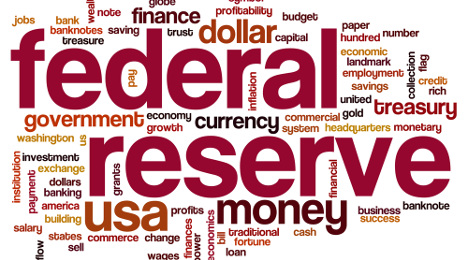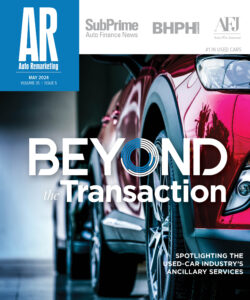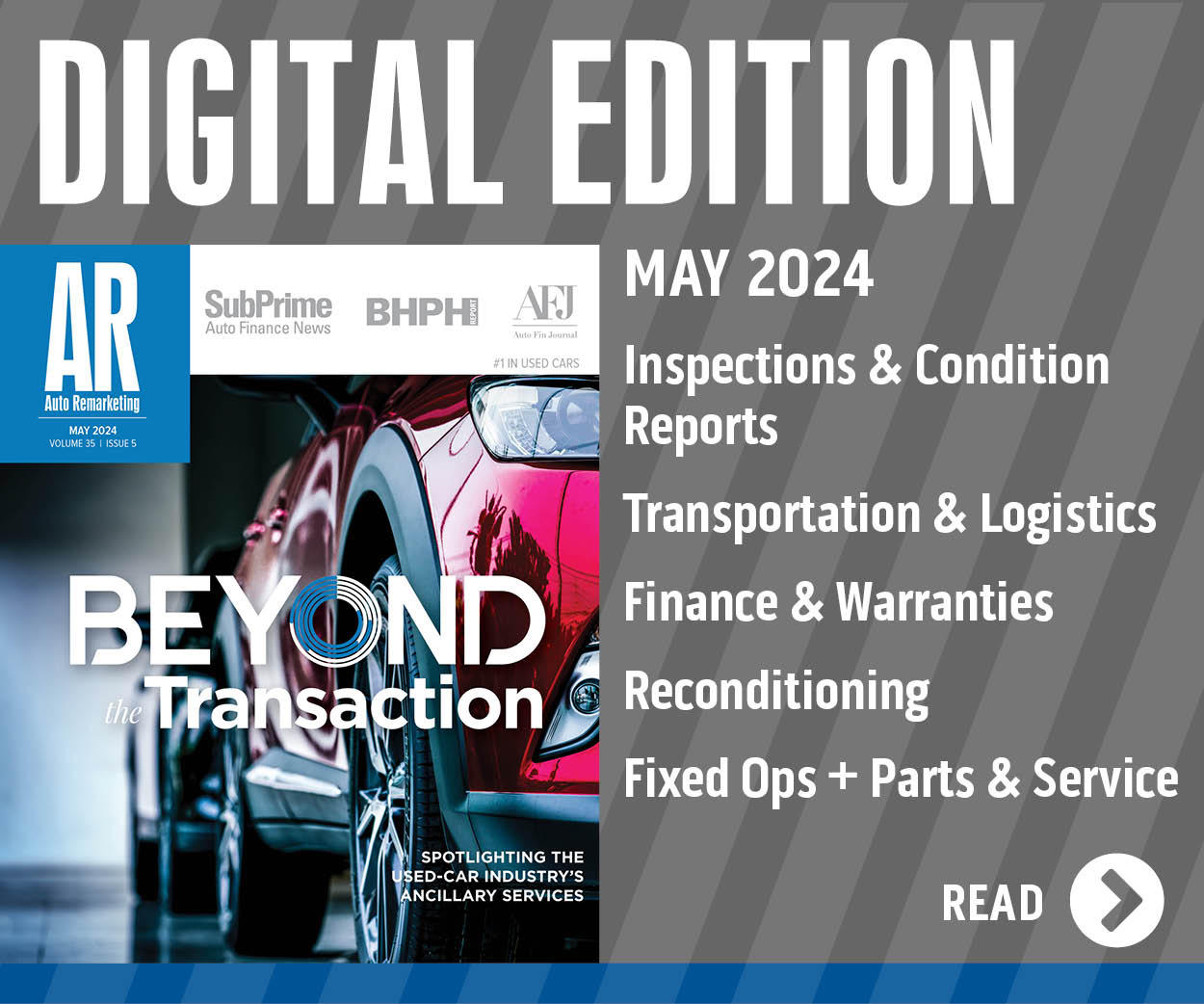9 key points from Fed’s latest meeting minutes

Comerica Bank chief economist Robert Dye summarized what he called the nine important takeaways from the minutes released last week condensing the Federal Reserve’s Federal Open Market Committee's latest meeting, where members used the adjective “transitory” to describe first quarter GDP growth.
First, here are the points Dye shared in Comerica Bank’s latest weekly analysis that focused on his summation of the FOMC meeting minutes policymakers shared:
1. The Fed views weak first quarter GDP growth as transitory.
2. The staff economic forecast is supported by the assumption of expansive fiscal policy.
3. There is some concern that monetary policy normalization by the Fed could lead to financial strains in emerging markets.
4. FOMC members expect that conditions will continue to warrant gradual increases in the fed funds rate. This statement is consistent with a 25-basis-point increase in the fed funds rate range on June 14.
5. Balance sheet reduction will be executed in a gradual and predictable manner.
6. Caps on the dollar amount of securities that the Fed will roll off will be set low and then raised every three months.
7. Once ramped up, the caps will be maintained until the balance sheet has reached its targeted size.
8. The Fed’s policy normalization principles and plans will be updated soon.
9. The Fed will likely begin balance sheet reduction before the end of this year.
“We expect to see a 25-basis-point increase in the fed funds rate range announced on June 14. The implied probability of that has increased to 87.8 percent, according to the fed funds futures market,” Dye said.
The meeting minutes certainly elaborated on the points Dye mentioned. The minutes first described financing conditions, specifically touching on the auto finance space.
“Financing conditions in consumer credit markets remained accommodative, on balance, in early 2017,” policymakers said, according to their meeting minutes. “Consumer credit appeared to be broadly available even as interest rates charged on credit card balances and new auto loans drifted up in line with their benchmark shorter-term interest rates.
Growth in consumer loan balances moderated a bit further from the relatively strong pace seen during the past few years, although year-over-year growth in credit card balances, student loans and auto loans stayed in the 6 to 7 percent range through February,” they continued.
Later in the meeting recap, FOMC members discussed GDP behavior.
“Although the incoming data showed that aggregate spending in the first quarter had been weaker than participants had expected, they viewed the slowing as likely to be transitory,” the minutes indicated.
“With respect to the economic outlook and its implications for monetary policy, members agreed that the slowing in growth during the first quarter was likely to be transitory and continued to expect that, with gradual adjustments in the stance of monetary policy, economic activity would expand at a moderate pace, labor market conditions would strengthen somewhat further, and inflation would stabilize around 2 percent over the medium term,” the minutes continued.
“Members continued to judge that there was significant uncertainty about the effects of possible changes in fiscal and other government policies but that near-term risks to the economic outlook appeared roughly balanced. A couple of members noted that the outlook for global growth appeared to have brightened and that downside risks from abroad had waned. Members agreed that they would continue to closely monitor inflation indicators and global economic and financial developments,” the minutes went on to recap.

 View The Latest Edition
View The Latest Edition

